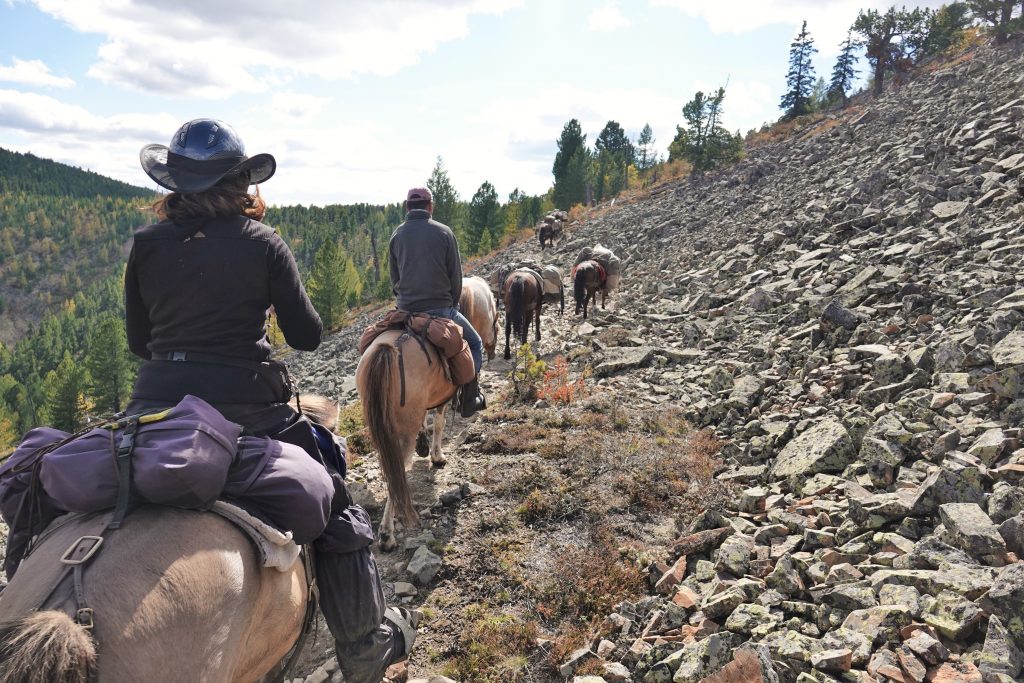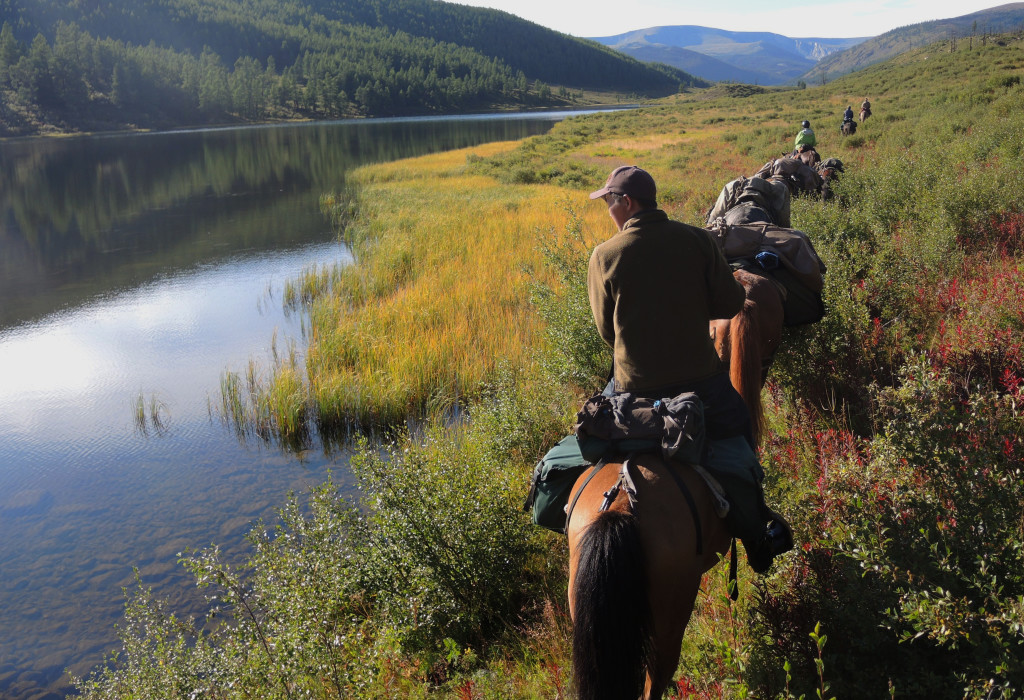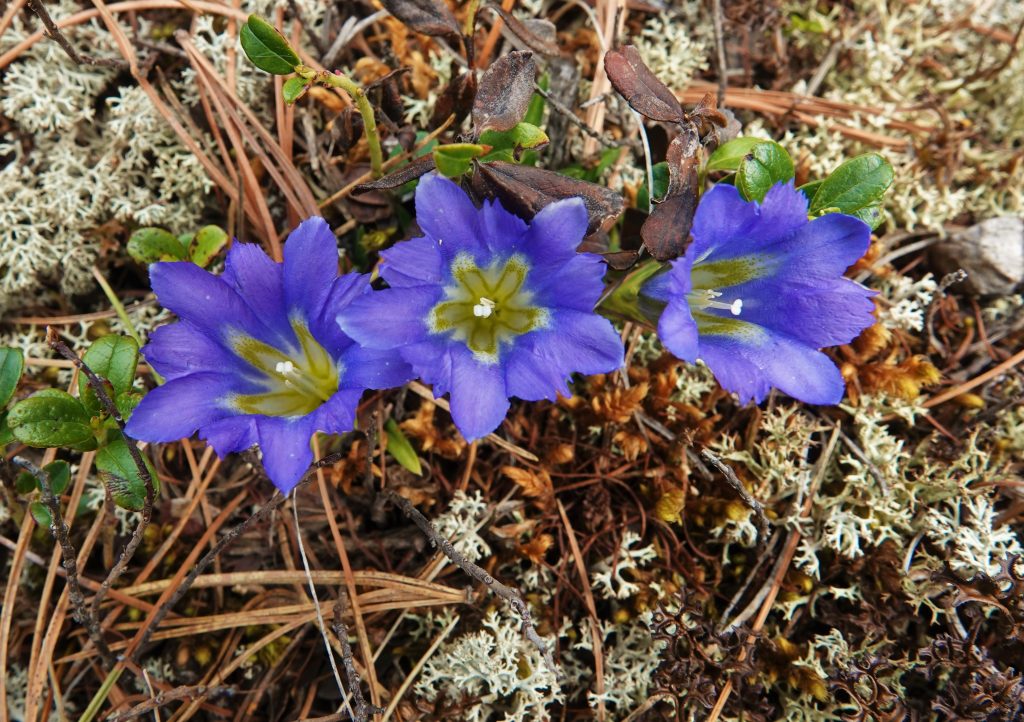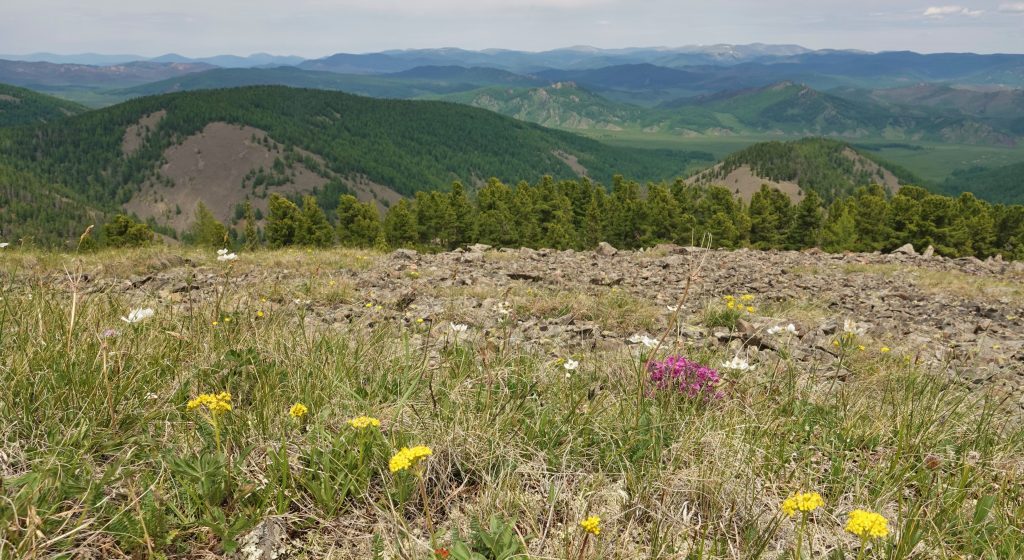No products in the cart.
Khentii Mountains – a Wilderness to Protect
Stone Horse Expeditions explore the largest wilderness in Mongolia
 Our horse riding tours bring guests to some of the wildest places in Mongolia, the Khentii Mountains. Much of the area we ride in has special designations – as “Khan Khentii Strictly Protected Area”, “Gorkhi Terelj National Park” and as the Ulaanbaatar City “Green Zone.” The Khentii Mountains remain the largest road-less area in Mongolia. This wilderness is home to bear, wolf, deer, and moose populations and a rich bird life. Our Khentii mountains horse back tours are deep wilderness expeditions. We leave behind the picturesque cultural landscapes of pastures and hay fields, dotted with herders’ gers (yurts) and herds of grazing livestock. On horseback, we cross over a high pass, to enter the wild Khentii Mountains. We reach a true wilderness landscape of dense forests, boulder strewn rivers, rushing streams and quiet lakes, of alpine mountain tops, towering cliffs and snow fields. In autumn, the valleys glow in red and orange hues..
Our horse riding tours bring guests to some of the wildest places in Mongolia, the Khentii Mountains. Much of the area we ride in has special designations – as “Khan Khentii Strictly Protected Area”, “Gorkhi Terelj National Park” and as the Ulaanbaatar City “Green Zone.” The Khentii Mountains remain the largest road-less area in Mongolia. This wilderness is home to bear, wolf, deer, and moose populations and a rich bird life. Our Khentii mountains horse back tours are deep wilderness expeditions. We leave behind the picturesque cultural landscapes of pastures and hay fields, dotted with herders’ gers (yurts) and herds of grazing livestock. On horseback, we cross over a high pass, to enter the wild Khentii Mountains. We reach a true wilderness landscape of dense forests, boulder strewn rivers, rushing streams and quiet lakes, of alpine mountain tops, towering cliffs and snow fields. In autumn, the valleys glow in red and orange hues..
 The Khentii Mountains Wilderness – Intrinsic Values and Ecosystem Services
The Khentii Mountains Wilderness – Intrinsic Values and Ecosystem Services
The Khentii mountains wilderness is hauntingly beautiful. Deep in this wilderness, only the call of a raven – distant, high in the sky – may break the silence. Here, the Tuul river is only a small stream. The Khentii mountains also hold the most significant cultural and historical sites of the country. It is the homeland of Temujiin, the boy who grew up to become Chinggis Khan. Read more..
 Yet there is much more than these intrinsic values of the Khentii. This area is the main watershed for the rapidly expanding city of Ulaanbaatar, now home to about half the nation’s population. The Khentii is in urgent need of continued and effective protection to maintain these important ecosystem services. With climate change impacts on forest and water resources, conservation in the Khentii has become even more important. Though wildlife populations have been declining significantly nationwide, the Khentii today still provides ample habitat for these populations to recover and grow. It is our wish at Stone Horse that it should forever remain this way.
Yet there is much more than these intrinsic values of the Khentii. This area is the main watershed for the rapidly expanding city of Ulaanbaatar, now home to about half the nation’s population. The Khentii is in urgent need of continued and effective protection to maintain these important ecosystem services. With climate change impacts on forest and water resources, conservation in the Khentii has become even more important. Though wildlife populations have been declining significantly nationwide, the Khentii today still provides ample habitat for these populations to recover and grow. It is our wish at Stone Horse that it should forever remain this way.



